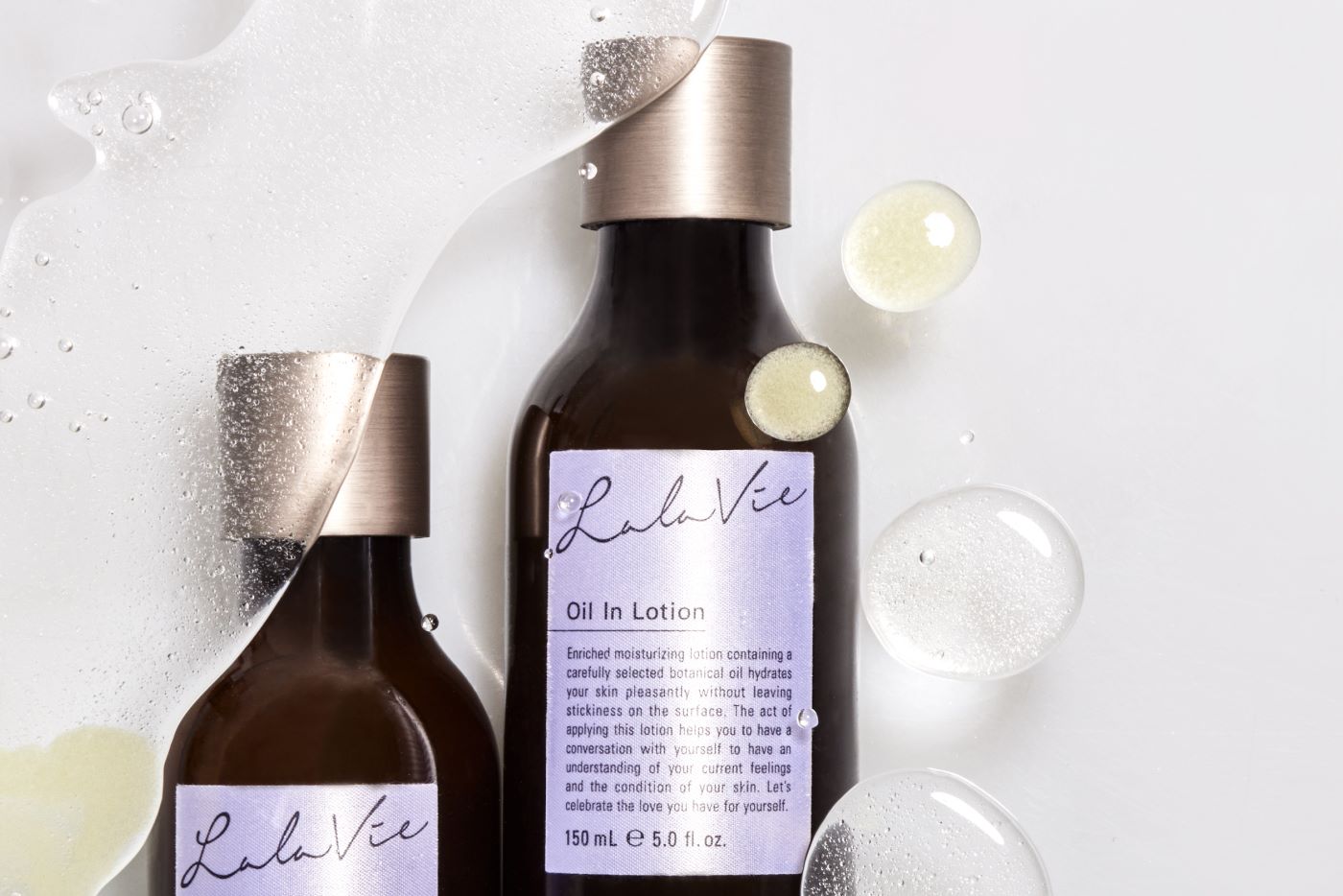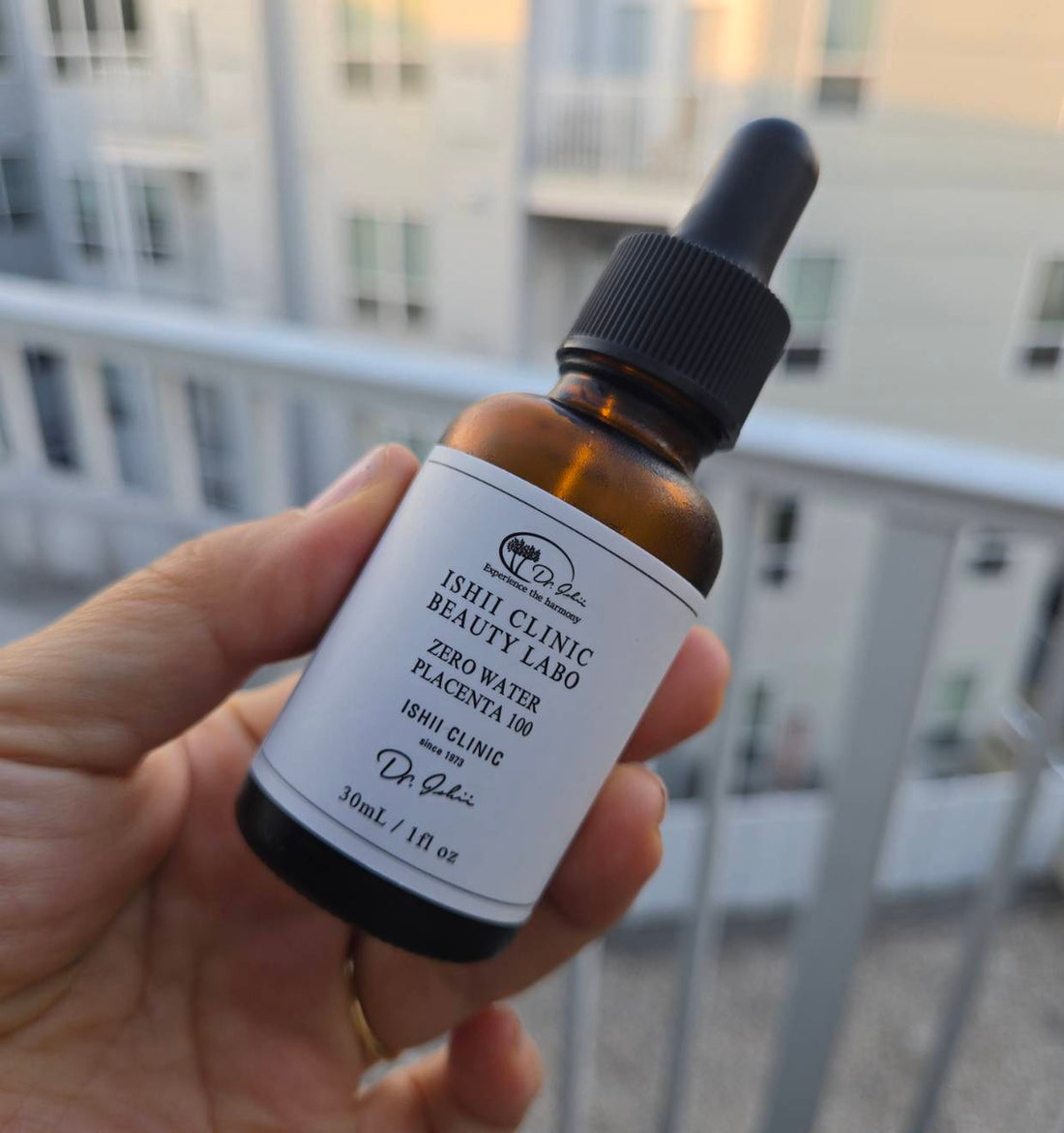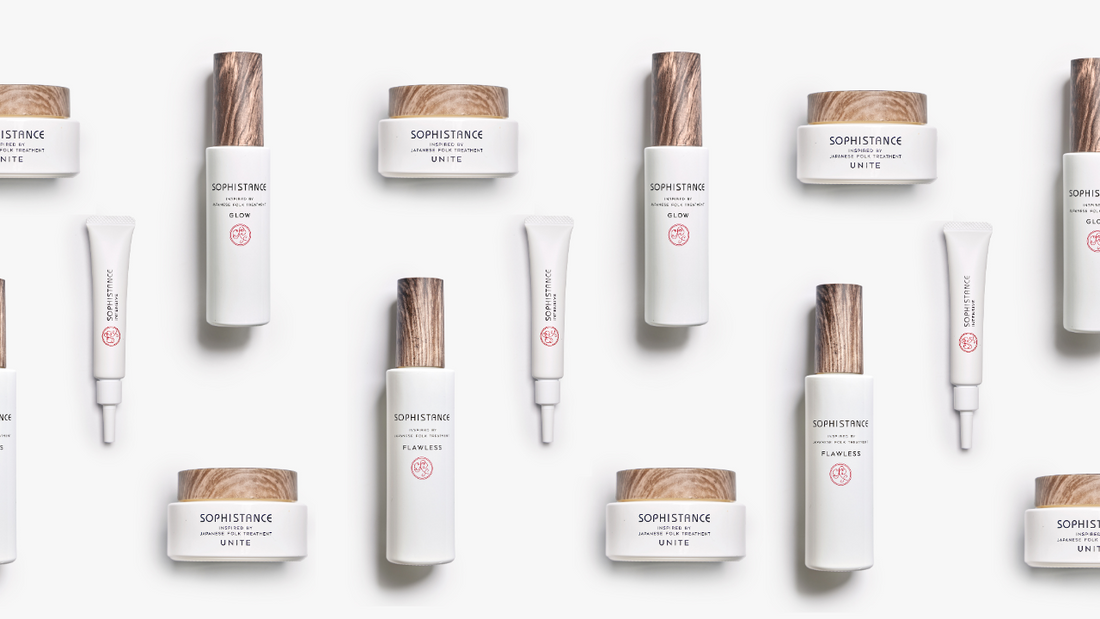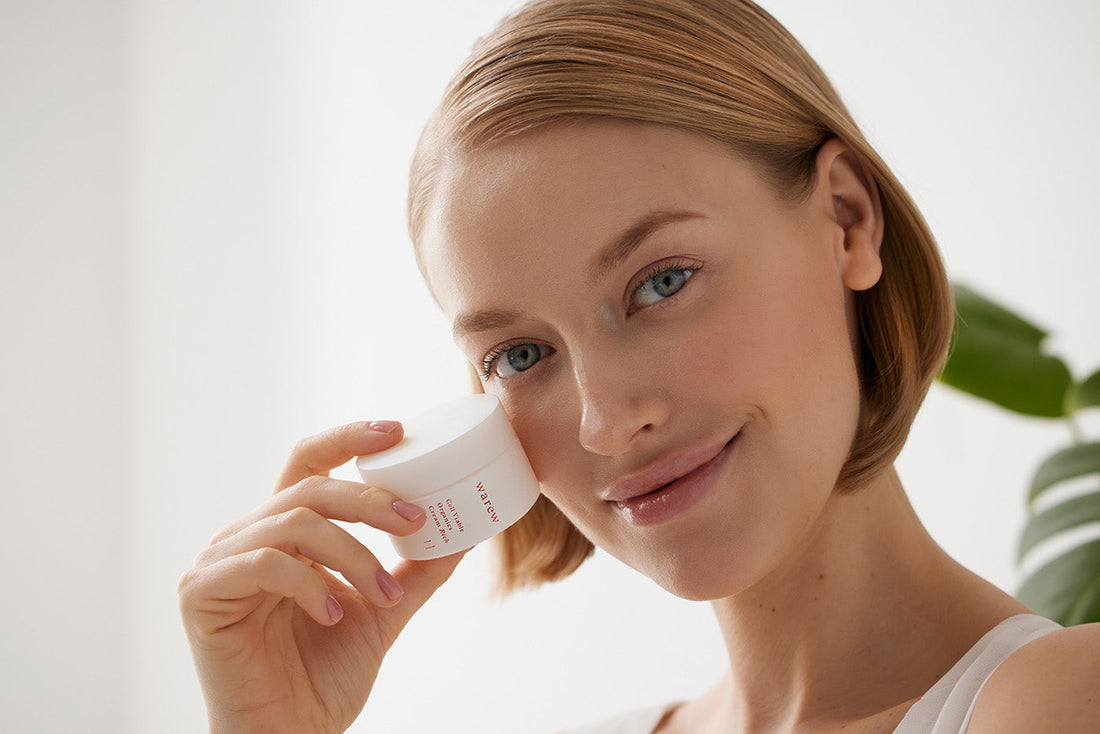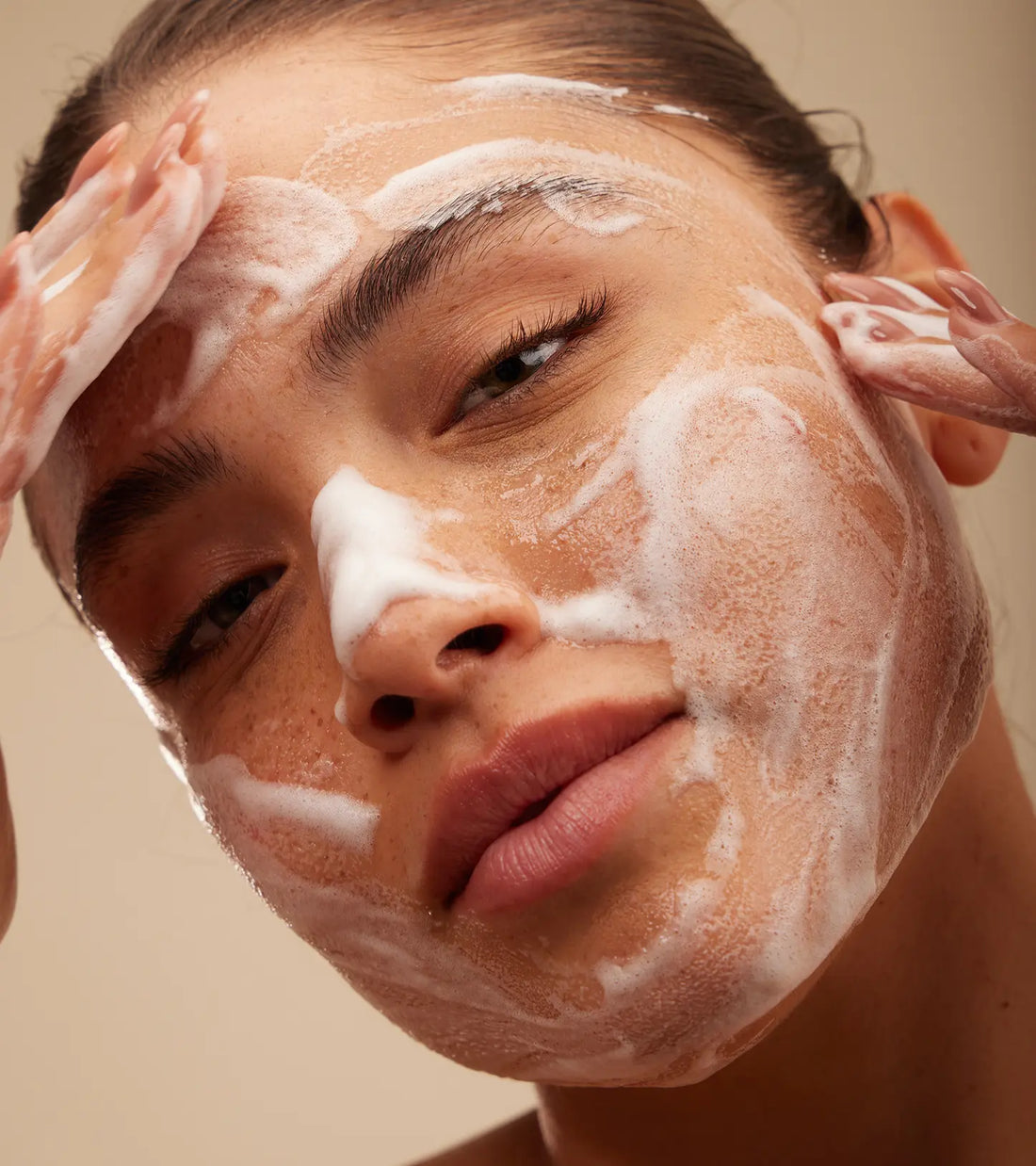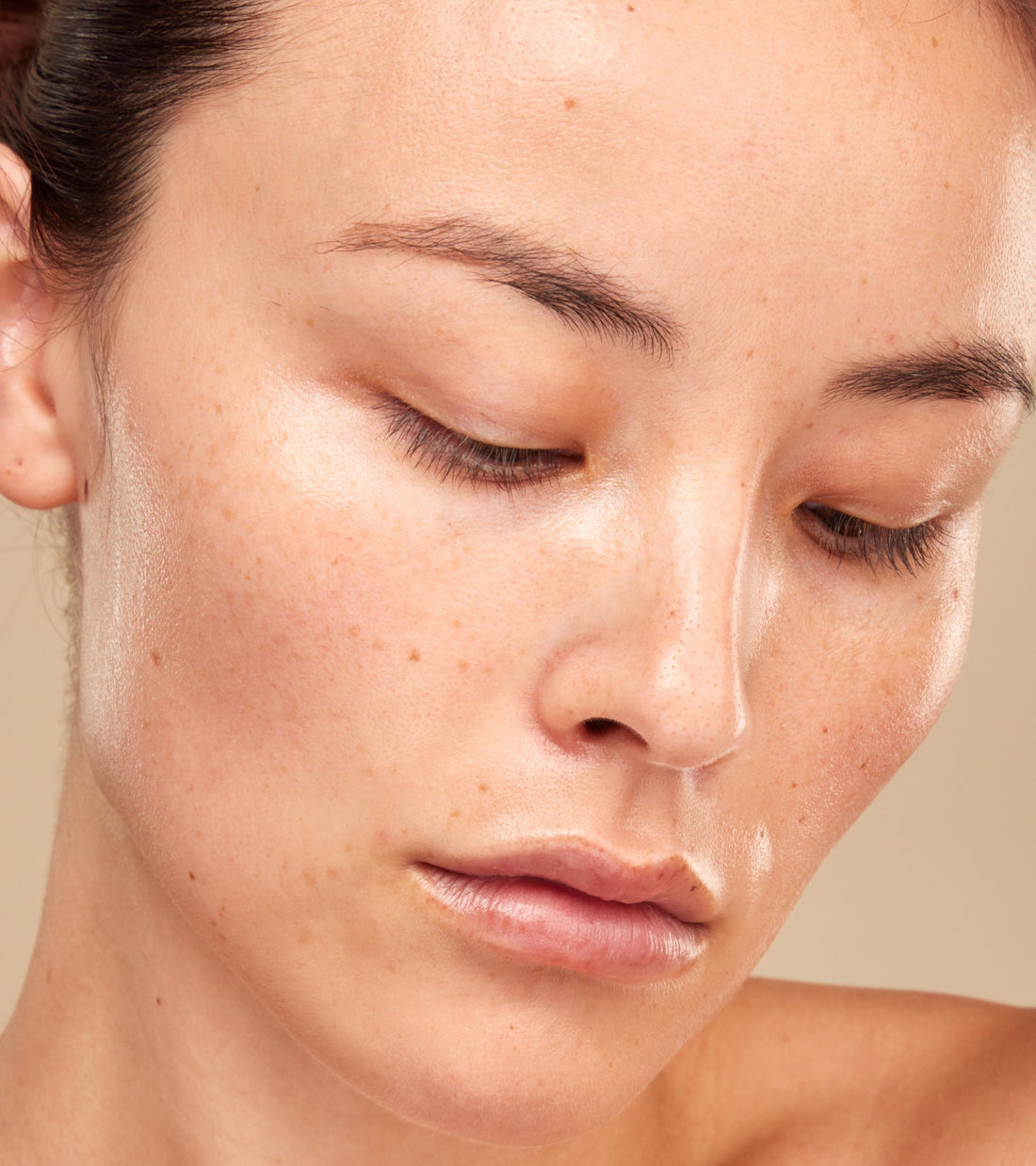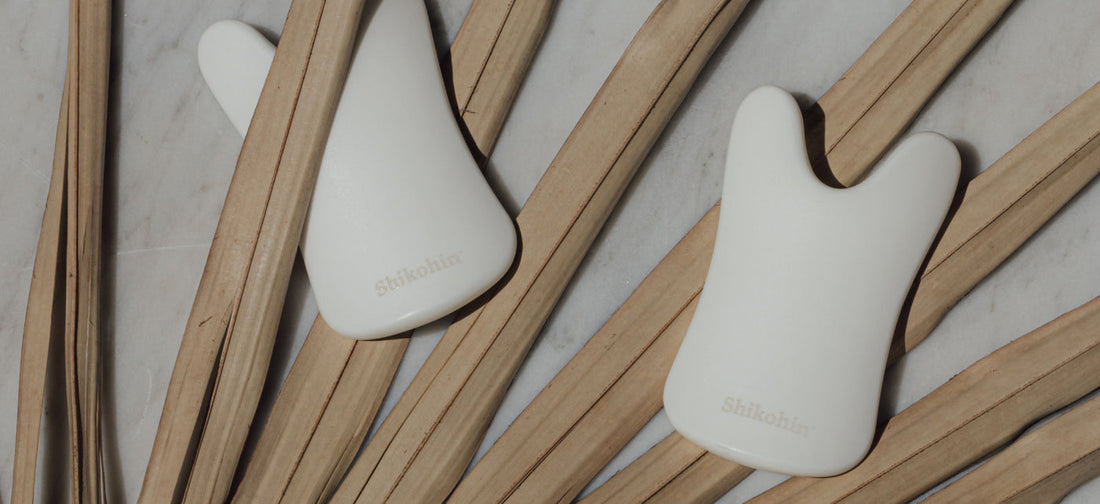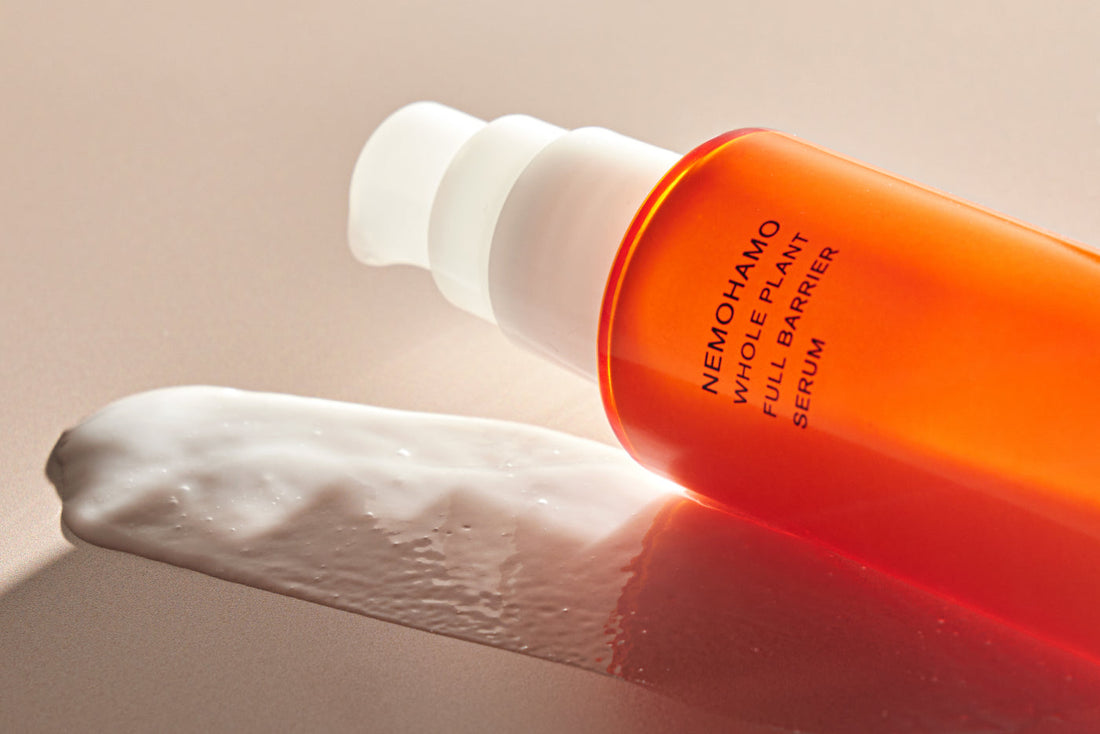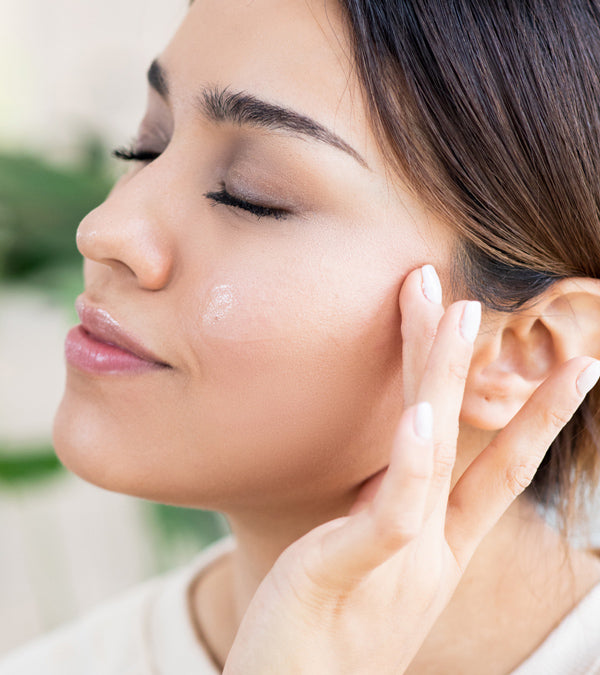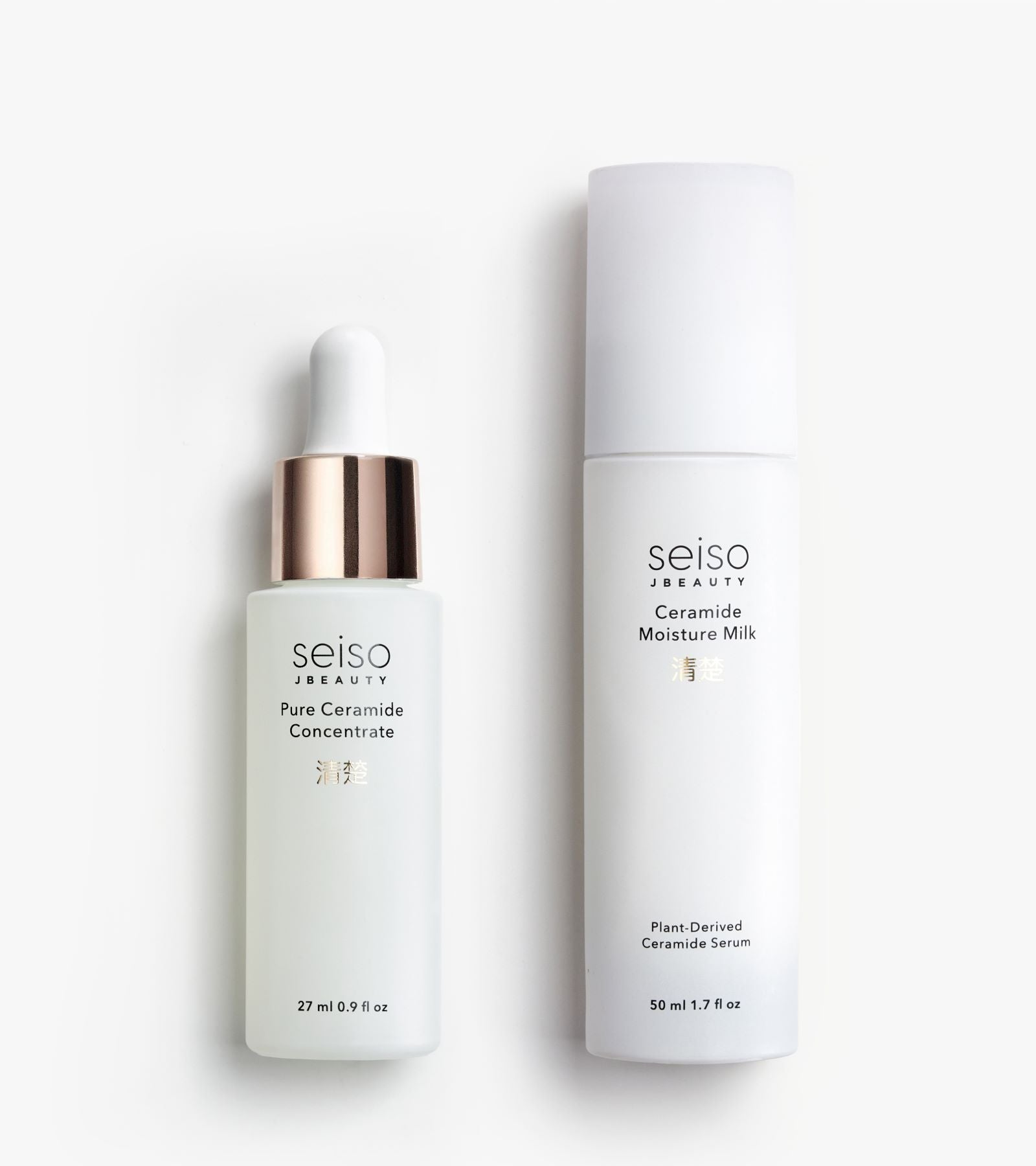Japanese beauty and skincare products have earned a revered reputation for their high-quality ingredients, gentle formulations, and proven effectiveness. Among the many components that make up these carefully crafted skincare routines, emulsions are essential in maintaining skin health and beauty.
But what is an emulsion, and why is it so crucial in Japanese beauty skincare? Let’s explore the science of emulsions and how they are used to give skin that radiant, youthful glow.
Understanding Emulsions: A Unique Blend of Oil and Water
An emulsion is a blend of two liquids that usually don’t mix—oil and water. In skin care, emulsions typically consist of water-based ingredients combined with oils or other lipid-rich components. Because oil and water naturally repel each other, emulsifiers, molecules with one end attracted to water and another attracted to oil, stabilize these ingredients and ensure a smooth, homogenous mixture.
Simply put, an emulsion is a fascinating blend that combines the hydrating power of water with the nourishing and protective benefits of oils. This unique combination allows emulsions to moisturize the skin without feeling greasy or heavy, making them a favorite element of Japanese skincare routines.
There are generally two types of emulsions used in skincare:
- Oil-in-Water (O/W) Emulsion: In this emulsion type, water is the continuous phase (the main ingredient), and tiny oil droplets are dispersed throughout. This formulation is typically lighter and provides hydration without clogging pores.
- Water-in-Oil (W/O) Emulsion: Oil is the continuous phase in this emulsion, with water droplets dispersed within. This emulsion is richer and better suited for drier skin types or as a barrier to lock in moisture.
Emulsions in Japanese Beauty Skincare
J-Beauty skincare routines are known for being minimalist yet highly effective. They often focus on layering lightweight products for maximum hydration and nourishment. In a typical J-Beauty routine, an emulsion acts as a vital step between the toning and moisturizing stages. After toning, the skin is prepped to absorb moisture, and emulsions deliver just the right balance of hydration and nourishment, leaving the skin soft, plump, and glowing.
Unlike thicker creams or oils, emulsions are lightweight and versatile, making them ideal for various skin types, including oily, combination, and sensitive. Using emulsions will hydrate and protect the skin while maintaining a breathable, non-clogging layer that seals in moisture.
Benefits of Using Emulsions in Skincare
There are several benefits to using emulsions in skincare.
- Lightweight Moisturization: Emulsions provide hydration without the heaviness of traditional creams, making them perfect for everyday use. They offer moisture that penetrates deeply into the skin, balancing the water and oil content.
- Skin Barrier Support: Emulsions help protect and strengthen the skin’s natural moisture barrier, crucial for keeping harmful pollutants out and locking essential moisture in.
- Non-Greasy Finish: For those with oily or combination skin, emulsions deliver the hydration you need without making your skin feel slick or weighed down. Their water-light texture ensures your skin remains balanced and fresh.
- Layering-Friendly: Emulsions can be layered under thicker moisturizers or serums, depending on your skin’s needs. They are often a middle step in a J-Beauty routine, sealing in moisture after toning while preparing the skin for other products.
- Gentle Formulation: Emulsions are often formulated with natural ingredients and are gentle enough to be used daily, even for sensitive skin types. They focus on hydrating the skin while minimizing the risk of irritation.
How to Incorporate Emulsions into Your Skincare Routine
The best way to use an emulsion is after applying a toner or essence and before applying a heavier cream or oil. This layering technique allows each product to work in synergy, delivering hydration and locking it into the skin for long-lasting benefits.
A typical skincare routine might look like this:
- 1. Cleanser – Removes dirt and impurities.
- 2. Toner – Prepares the skin for hydration.
- 3. Essence or Serum – Delivers active ingredients to the skin.
- 4. Emulsion – Provides lightweight hydration and helps seal in moisture.
- 5. Moisturizer or Cream – Locks everything in and adds extra nourishment if needed.
- 6. SPF (daytime) – Protects the skin from UV damage.


